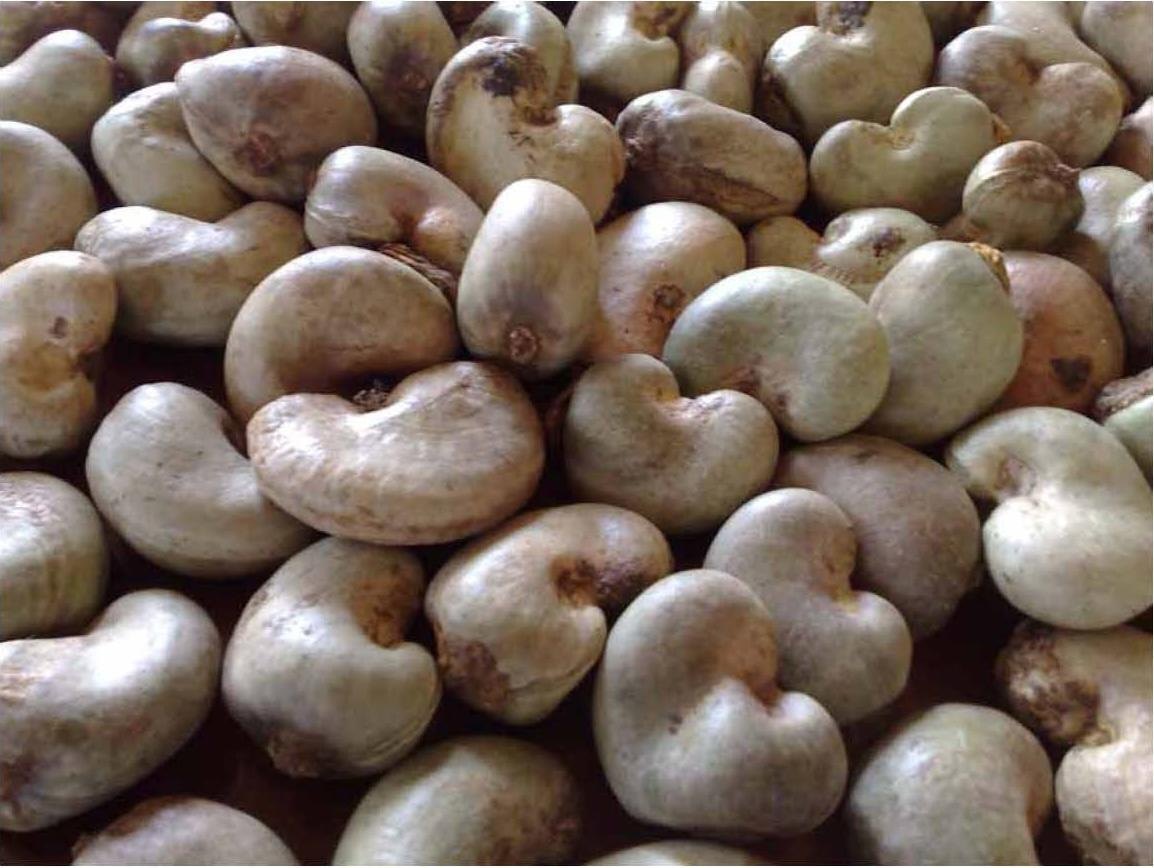
Raw cashew nuts are the seeds of the cashew tree (Anacardium occidentale) that have not undergone any roasting or cooking process. The cashew nut is enclosed in a hard shell within the cashew apple, which is the fruit of the cashew tree. The nut itself is surrounded by a toxic shell oil that must be carefully removed before consumption.
The process of preparing raw cashew nuts for consumption involves shelling, peeling, and sometimes blanching. The outer shell contains a resin called urushiol, which can cause skin irritation, so proper precautions are taken during processing.
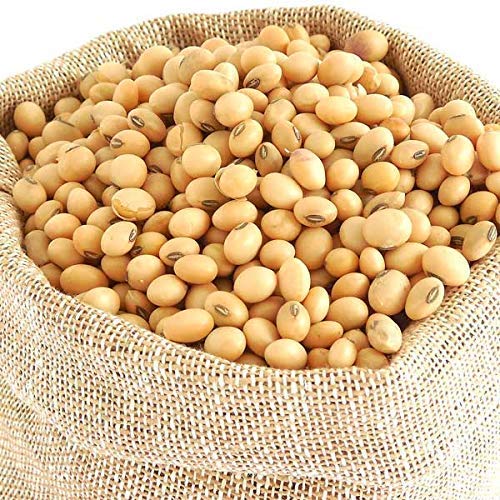
Soybean (Glycine max) is a leguminous plant that is native to East Asia. It is widely cultivated for its edible beans, which have numerous uses. Soybeans are an important source of protein and oil, making them a key crop in the global agricultural industry.
Soybeans play a crucial role in global agriculture and food production, and their derivatives are found in a wide range of everyday products. They are a versatile crop with economic and nutritional importance worldwide.
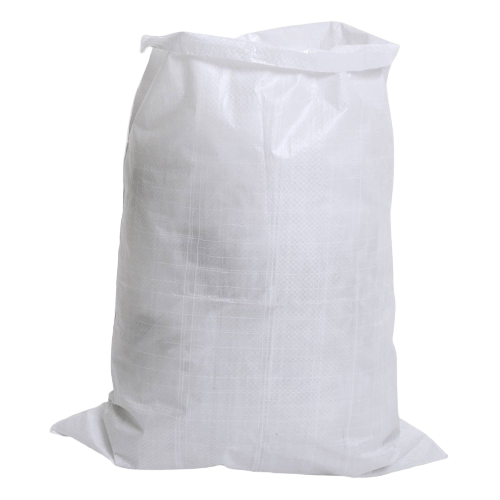
PP bags, also known as polypropylene bags, are a type of packaging material made from polypropylene, a thermoplastic polymer. These bags are widely used in various industries for packaging and transporting a variety of goods. Polypropylene is a popular choice for bags because of its durability, strength, and resistance to moisture.
PP bags come in different sizes, shapes, and thicknesses, making them suitable for packaging a wide range of products such as grains, seeds, fertilizers, chemicals, animal feed, and more.

Jute bags are bags made from jute, a natural fiber derived from the stems of the jute plant (Corchorus spp.). Jute is known for its coarse texture and high tensile strength, making it an ideal material for various products, including bags. Jute is primarily grown in regions with a tropical climate, such as India and Bangladesh.
Jute bags come in various styles and sizes, ranging from small gift bags to large shopping bags and sacks
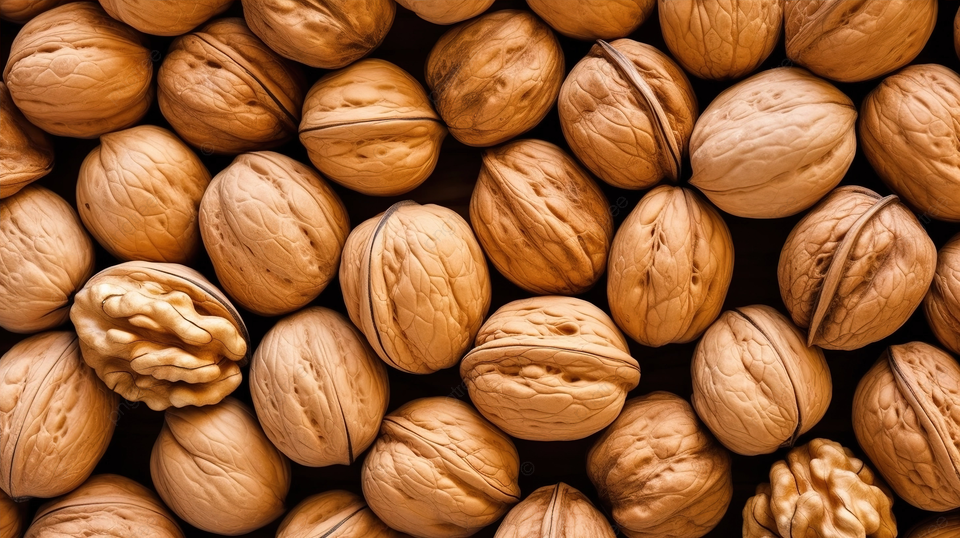
Walnuts are edible seeds that come from the fruits of the Juglans genus, primarily Juglans regia. These trees are commonly known as walnut trees. Walnuts are renowned for their distinctively shaped, hard shells that encase the edible kernel inside. The kernel is the part that is commonly consumed.
There are various types of walnuts, with English walnuts being the most widely consumed. They are characterized by a mild flavor and a smooth, light-colored shell. Another common type is the black walnut, which has a stronger flavor and a harder shell. Walnuts are rich in nutrients, including omega-3 fatty acids, antioxidants, and vitamins.
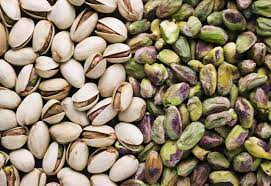
Pistachio nuts are the seeds of the Pistacia vera tree, which is native to the Middle East but is now cultivated in various parts of the world with suitable climates. The tree produces small, beige-colored nuts with a hard, naturally beige shell. The edible portion of the nut is the kernel inside the shell, which is typically green and has a distinctive flavor.
Pistachios are often consumed as a snack, either roasted or raw, and are also used in a variety of culinary applications. They can be found in both sweet and savory dishes, such as ice cream, desserts, salads, and main courses. The nuts are not only tasty but also nutritious, containing healthy fats, protein, fiber, vitamins, and minerals.